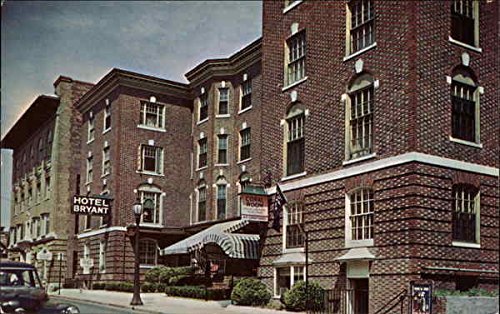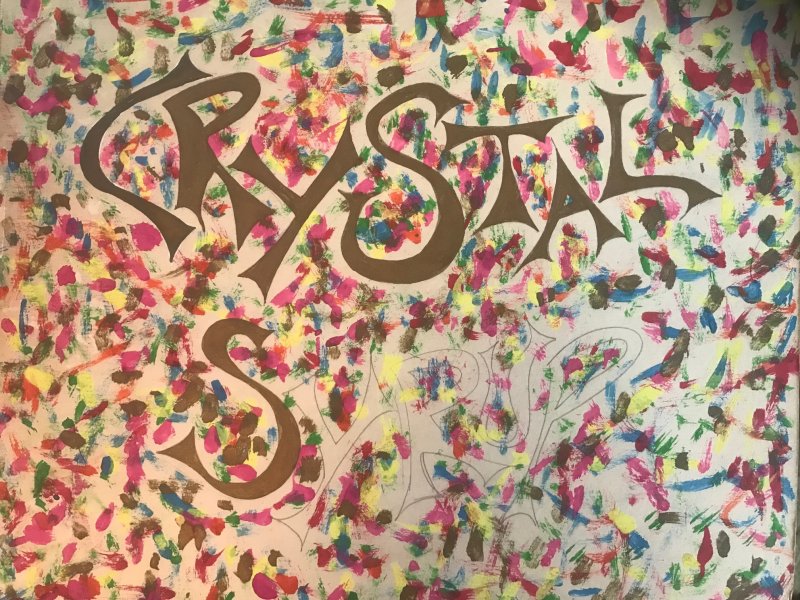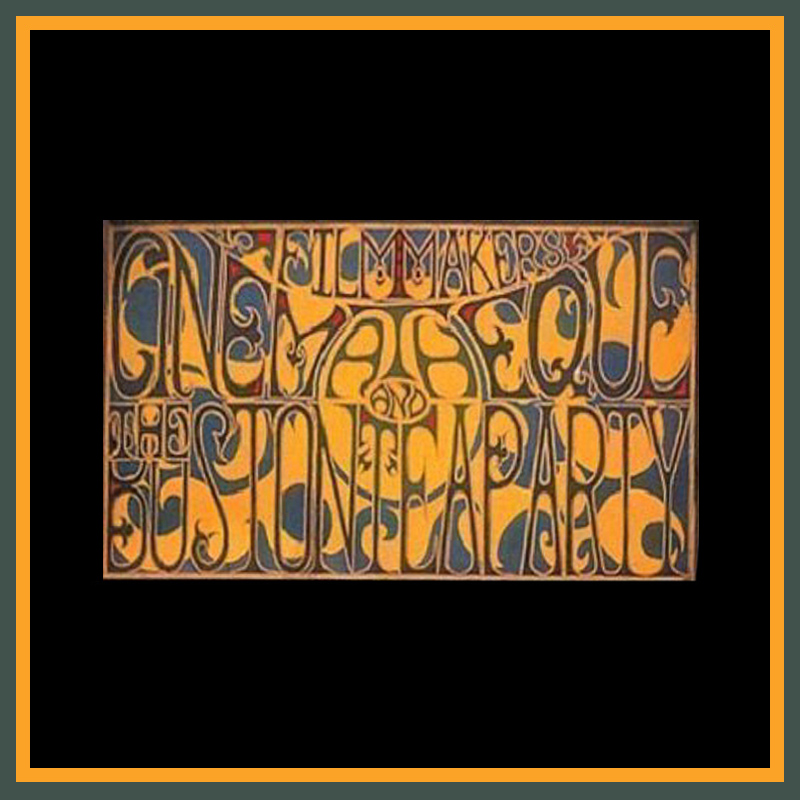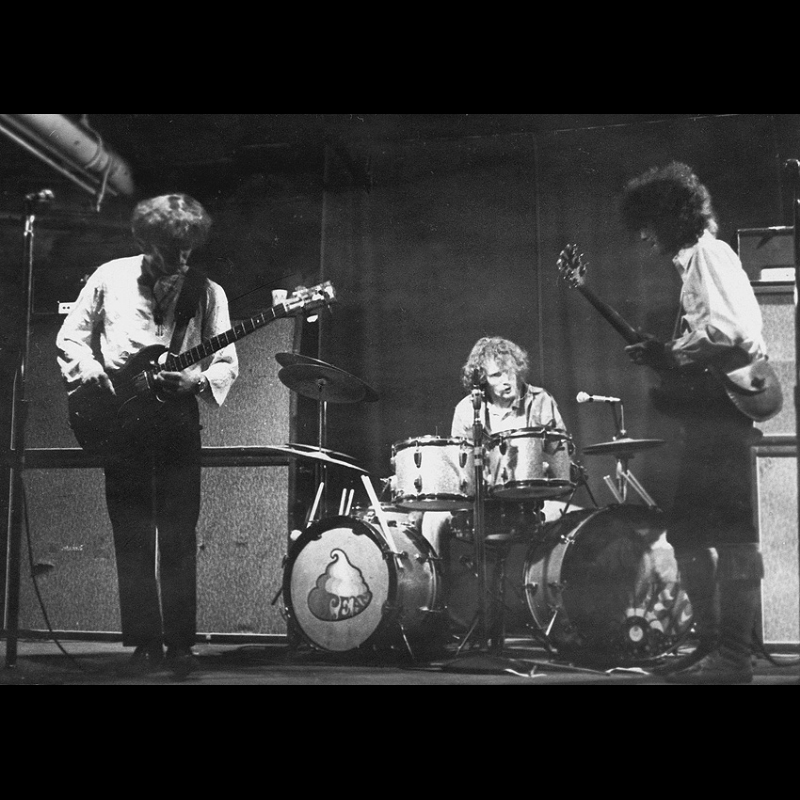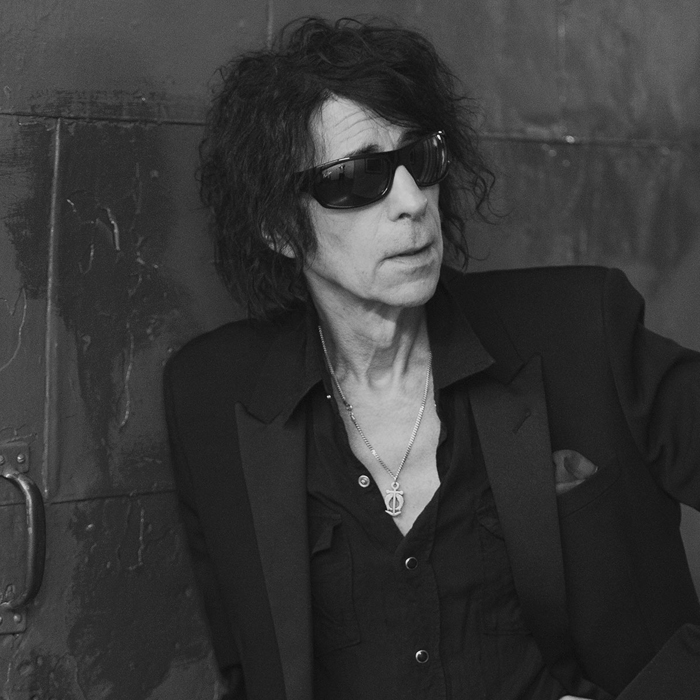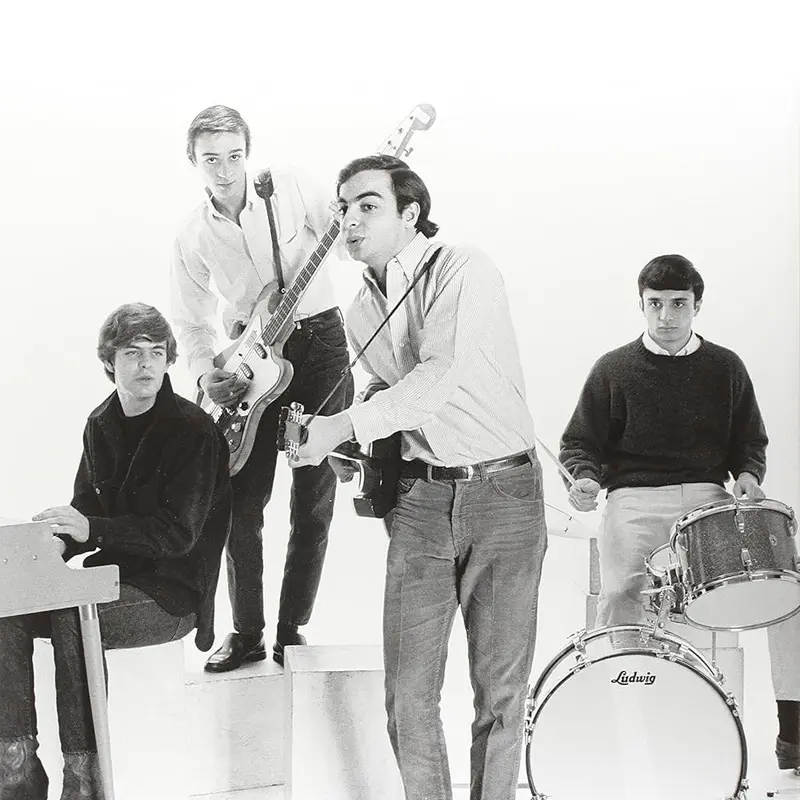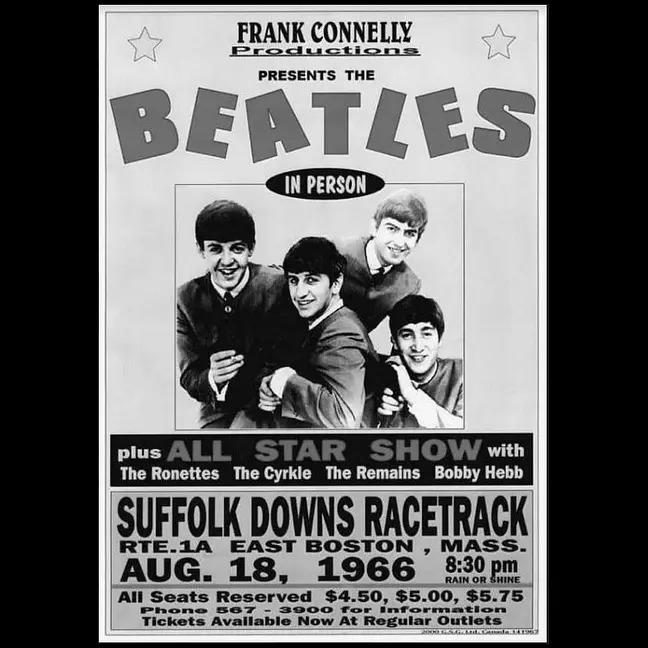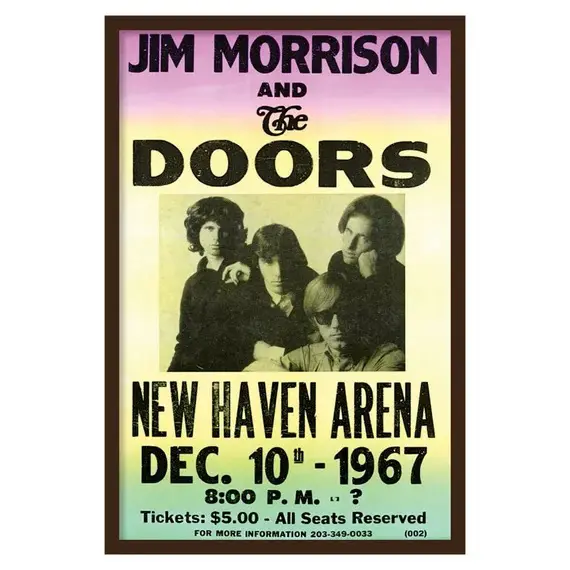The Crystal Syrup: Unfinished Business in the Brockton, MA Music Scene
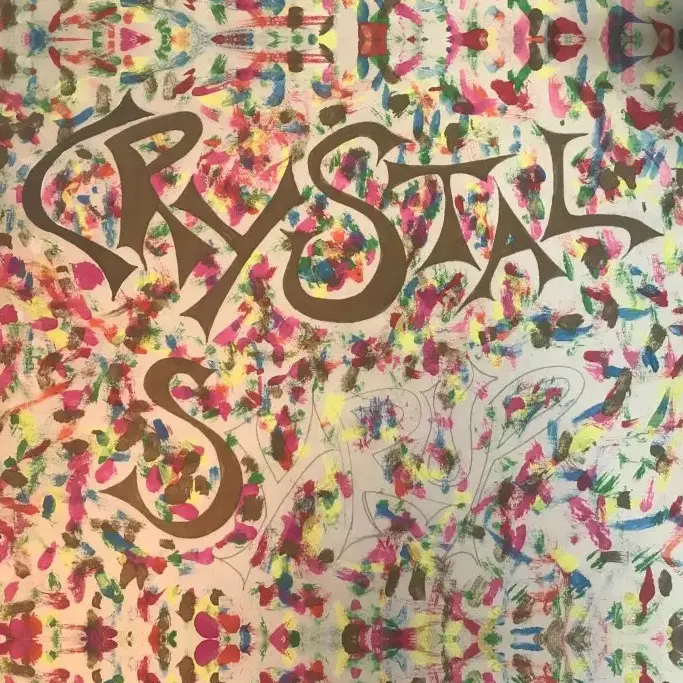
I was part of a fledgling and largely unknown band in the mid-sixties that emerged out of the local music scene and where new, exciting and inspiring sounds were coming at us from all directions. Like many of us that grew up during the sixties and specifically in the age of British Invasion music that began when the Beatles made their first live appearance on The Ed Sullivan Show on the evening of February 9, 1964, I was among those 73 million viewers watching intently and carefully and noticing their look and stage presence as they first launched into “All My Loving.” That very moment for me was revolutionary in shaping my tastes in music for years to come, but also in influencing my desire to make music however I could and shape my own musical journey. Thus, the stage was set for starting my first local band, The Crystal Syrup. But there’s a bit more significance to this story that begins with some earlier influences and attending the concert of a lifetime.
I had already managed to acquire two guitars (a Kay acoustic and an Egmond electric) inspired by the skills and talents of such performers as Duane Eddy, The Ventures, and Chet Atkins among many others. But seeing The Beatles lit the torch that I carry to this day. But that’s not all. The Boston music scene also figures into this and it began for me in quite an unexpected yet significant way.
I was fortunate to have had the opportunity to secure a ticket to see the Beatles perform live. It was during their final US tour and they appeared at Suffolk Downs Racetrack in East Boston on August 18, 1966. The ticket price I paid was $5.75, well worth what I then considered a significant sum at the time, given I had just graduated from Brockton High School two months prior and was working a menial job while trying to figure out what to do with the rest of my life.
The excitement of being at a live Beatles concert was overwhelming to this 17-year-old. From Section 6, Row 31, Seat 22, I could see the small stage enough to snap some black and white photos with my Kodak Instamatic camera. They performed just 11 songs in a short 30 minutes and most of what I heard of them was obscured by the incessant screams of teenage girls.
But, before the Beatles came on, there was a stellar lineup of openers that began with The Ronettes followed by The Cyrkle, The Remains, and Bobby Hebb. Of all those great artists, what really impressed me that evening was the set performed by Boston’s-own The Remains. Firstly, I could hear them. Secondly, they played some cover songs that I recognized from my growing blues-influenced record collection—songs like “Walkin’ the Dog” and “Diddy Wah Diddy.” Thirdly, they were performing their own original material as well—songs like “Why Do I Cry” and “Don’t Look Back.” Local rock pioneer Peter Wolf called them; “The band that led the way for Rock n’ Rollers in Boston.” That certainly applied to me.
And, it started from that one performance by The Remains opening for The Beatles in 1966 that inspired me and three other young impressionable musical wannabees to form a band using them as the initial model of who’s footsteps we’d aspire to follow. Thus, began The Crystal Syrup, a name chosen by our then guitar player Alan Niles—a name influenced by “The Crystal Ship,” a song on the Doors first album that had just been released and which we listened to incessantly. I played guitar but there wasn’t a bass player around the neighborhood, so Alan lent me his bass and I switched over to that and along with John “Scrub” Darsinos on keyboards and Fred Cowan on drums, we began the process of honing our craft in my parent’s basement—a garage band relegated to the basement (because there was no power source in the garage) where unfortunately no one outside of the premises could hear or appreciate what we were creating.
Like some other local fledgling rock bands might have been experiencing during those formative times was a constant flow of friends and hippies-in-the-making coming and going, some influencing our progress and some bringing elements that would only serve to distract us further. After working up a proper roster of tunes derived from various other musical influences that were emerging around this time—namely The Yardbirds, John Mayall, The Doors, The Kaleidoscope, and Cream, we landed our first and last gig. We were hired to play a frat party at The Hotel Bryant, then the largest hotel in the area. Loading our gear into my Dad’s 1964 Ford wagon, we arrived early, set up, and got ready to perform. We had no clue about checking out our sound beforehand. What the heck did we know about a soundcheck anyway? We were just excited enough to be playing our first gig with the promise of making $50 for an hour of playing music that we considered was about to catapult us forward in the local music scene.
The crowd of about 50 partygoers were getting well on their way toward a pleasant inebriation before we grabbed on our instruments and launched into our first tune, Cream’s “Sunshine of Your Love” followed by an obscure Yardbirds tune, “Lost Woman.” We thought the crowd was loving us and we followed that with another obscure Yardbirds song, “Ever Since the World Began”—not your typical dance tune to say the least, but we were into more heady songs of a more psychedelic nature than dance tunes and to us the performance was showing the audience how sophisticated we were in our musical depth. We’d have done a lot better as an opener for the likes of The Orphans who were and up and coming local group destined for much greater success.
After performing a slew of additional and obscure cover tunes we started adding in some of Alan’s originals—”Running Mind,” “Linda’s Wonderful Colors,” and “Scrub’s Blues”—when the crowd started getting a bit restless. They shouted out, out “Can you play some songs that we might know?” Someone then yelled out, “Play ‘Louie Louie’” and we complied even though we’d never played it before. At least we knew it enough of it to fake it—the nasty bits and all. After that we took a short break when the organizer of the event came over to us and said, “Look guys, the people here are not really interested in the songs you’re playing and some of them said to me that if you continue playing songs they aren’t familiar with then they’re planning to beat you up so I’m offering to pay you each $10 to leave now or continue on and risk the consequences.” Given the prospects of continuing with our well-rehearsed but obscure setlist and getting beat up or leaving early and still getting paid a little, we chose the latter. None of us had the Keith Moon bravado who might have risen to the challenge, so we packed up and left feeling a bit dejected but at least $10 richer from the experience.
Despite it all, we went back to the “basement” convinced we were all still destined for stardom, whether locally or nationally. After Fred and I saw The Jeff Beck Group perform at The Boston Tea Party (at the original Berkeley Street Location) we were more fired up than ever. With grandiose ideas surrounding me, I even began designing our album cover with a sort of Jackson Pollock look but then even that was unfinished. Then things began to rapidly deteriorate. John ran away from home, Alan was arrested for walking through downtown Brockton in his pajamas, and then I received my draft notice. Fred and I agreed that we would pick this up again after my stint in the military was over. That wasn’t to be. By then, we’d all gone our separate ways. Alan moved out west and continued playing in a local band in Las Vegas and has since passed away, the whereabouts of Fred are unclear, but I believe he still resides somewhere in Southeastern, MA. John lives in Schenectady, NY and we reconnected about fours years ago and are threatening to create some music together at some point. Look out Boston, the syrup may once again begin to re-crystalize.
By Karl Sharicz

